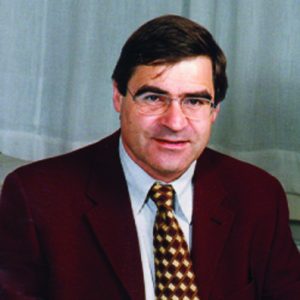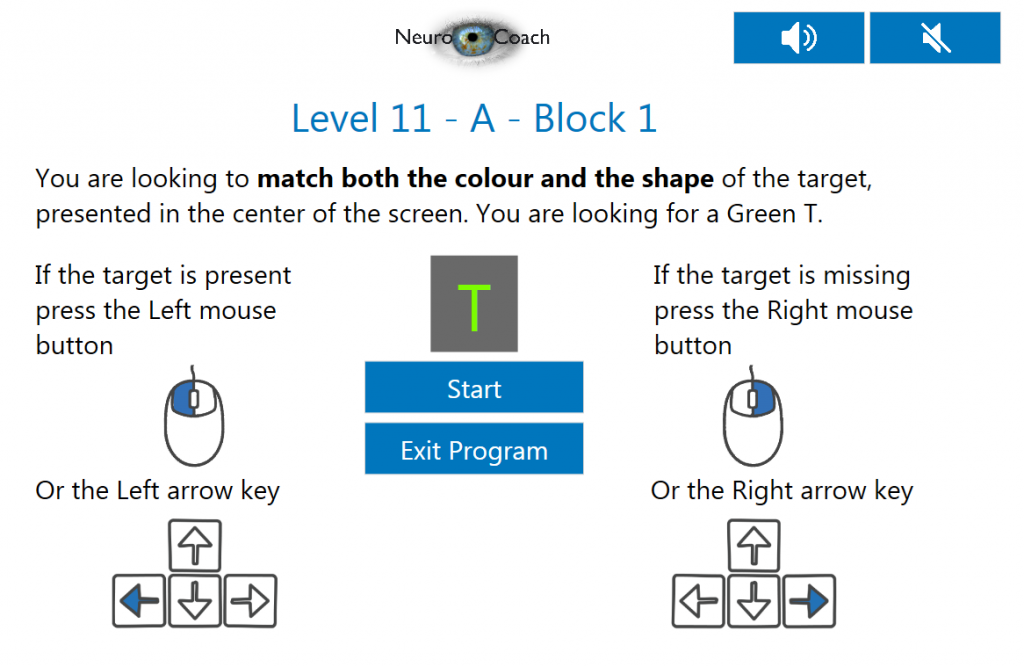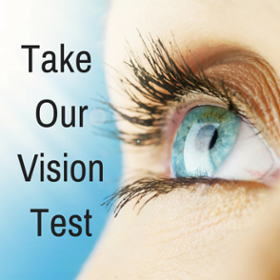NeuroEyeCoach is an innovative computer-based eye movement treatment approach aimed at improving a patient’s ability to scan their environment more efficiently. The training makes use of a well-established psychological paradigm called the Visual Search Task.
During a training session, the patient is asked to search a computer screen and decide if a particular item is present amongst distractor items. The therapy is self-adaptive and adjusts the task difficulty to the patient’s deficits while encouraging eye movement efficiency.
 The Science Behind The NeuroEyeCoach Therapy
The Science Behind The NeuroEyeCoach Therapy
NovaVision developed the proprietary computer-based Saccadic training program NeuroEyeCoach working with Professor Josef Zihl of the Max Planck Institute in Munich and Professor Arash Sahraie, Chair in Vision Science, School of Psychology, College of Life Sciences and Medicine, University of Aberdeen, Scotland. NeuroEyeCoach is based on decades of scientific research pioneered by Professor Zihl, including 13 studies on a total of 551 patients and distills all these clinical findings into one comprehensive therapeutic product.
The main outcome of saccadic training is a significant improvement in visual search performance accompanied by more efficient oculomotor strategies, and a reduction in visual disability.
What Does The Therapy Look Like?
NeuroEyeCoach has been designed to be operated by persons who are suffering from a visual disorder as a result of a stroke or other neurologically-induced brain trauma and in a normal home (or care home) environment.
The program has 12 levels of difficulty that can be completed in a minimum of 36 sessions, each taking around 15 -20 minutes, some of which may need to be repeated depending on progress.

We recommend patients perform up to 2-6 sessions a day for a maximum of 2 hours and for a minimum of 3 days a week.
Therefore, the entire program can be completed in between 2 and 4 weeks. It is important that patients sit comfortably and, if possible, avoid being distracted for the 15-20 minutes of the therapy session.
The level of difficulty is systematically altered by changing the target positions, number of distractors, and similarity between the search for the target and distractors. The pre- and post-evaluation options within the program enable the clinicians and patients to quantify the effect of the therapy.
Importantly, the home-based NeuroEyeCoach:
- Is the first evidence-based commercially available PC-based saccadic therapy allowing patients direct access to the therapy in the comfort of their own home. This is very different from other therapies that are entirely clinic or center dependent.
- Designed to have a real positive impact on activities of daily living.
- Relies on psychophysical principles already proven effective in improving eye movement.
- Is intuitive in design and implementation and, is therefore user-friendly for patients.
- Is self-adaptive, in that the task difficulty is adjusted based on an individual’s performance. It gets easier when a patient does not perform optimally, but the task difficulty is systematically increased to encourage further improvements.
- The duration of the therapy is relatively quick, comprising 36 sessions. Patients are encouraged to perform up to 2-6 sessions per day with each session lasting approximately 15-20 minutes.
Next Steps:
Who Can Benefit? | Patient Requirements | Read Testimonials | FAQ’s | Pricing

